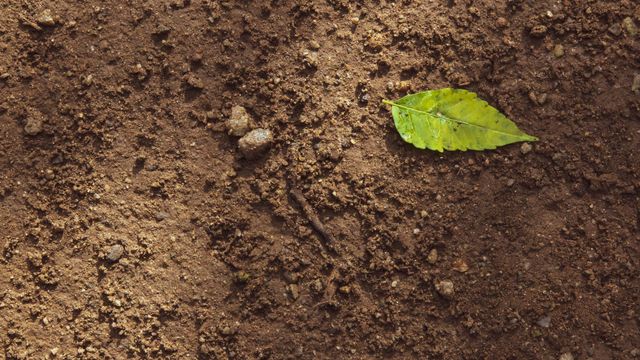Gold from Termitomyces: Nature’s clean chemistry

- SUJATA DABOLKAR
In Goa’s forests during the monsoon, a remarkable wild mushroom makes its appearance — Termitomycesheimii. For generations, it has been a delicacy in local kitchens, a vital part of forest soil health, and a silent partner to termites. My research has revealed another surprising role for this mushroom: it can naturally create gold nanoparticles, offering a clean, low-cost alternative to chemical manufacturing methods.
My journey with T. heimii began under the guidance of my mentor, Dr. Nandkumar Kamat, whose doctoral work focused on mushrooms, and was inspired by the pioneering studies of my senior colleague, Dr. Rosy D’Souza. Over several monsoon seasons, we collected fruiting bodies from different parts of Goa, carefully photographed them, took spore prints, and confirmed their identity under the microscope.
We then studied different parts of the mushroom, the cap, stalk, and gills, to see how each reacted when exposed to a gold solution (chloroauric acid). In some areas, a visible colour change hinted that something remarkable was happening: the mushroom tissues were converting gold ions into elemental
gold nanoparticles.
The next challenge was overcoming the seasonal nature of the mushroom. It appears only during a short window each year, making regular experimentation difficult. We found a solution by cultivating pure T. heimii cultures in the lab. Under controlled conditions, these cultures produced small, compact pellets of fungal tissue. These pellets were easy to handle, reproducible, and ideal for year-round work. When placed in gold solution at room temperature, the colour change appeared again, proof that gold nanoparticles were forming without heat, hazardous chemicals, or complex machinery.
In 2020, we published our first results in Kavaka, the journal of the Mycological Society of India. We had created a simple microfluidic setup where fresh mushroom tissues were exposed to gold solution in narrow channels. A colour change followed, and we confirmed nanoparticle formation using a digital colourimeter. This was biology working like a nanotechnology lab, quietly, efficiently, and
without pollution.
By 2024, we advanced to a scalable method using the lab-grown fungal pellets, publishing the findings in the Geomicrobiology Journal. The process was simple: gold solution plus fungal pellets at room temperature. The mushrooms’ natural biomolecules did all the work. This method contrasted sharply with conventional gold nanoparticle production, which often requires toxic chemicals like sodium borohydride, high heat, and costly infrastructure.
- heimii brings a rare combination of values. It is a prized edible mushroom, a key player in forest nutrient cycles, and now, a source of eco-friendly nanotechnology. Our Goa University team is the first in the world to develop pure cultures of this species specifically for nanoparticle production using three-dimensional fungal pellets.
However, this scientific achievement comes with a warning. Termitomyces mushrooms grow only in association with mound-building termites and cannot be cultivated in the wild. They depend on undisturbed forest litter. Overharvesting during the monsoon has already reduced their diversity in local markets. If unsustainable plucking continues, we risk losing them entirely from Goa’s landscapes, along with their ecological and
technological potential.
The stakes are high. Losing these mushrooms would mean losing a food source, a forest ally, and a unique natural nanofactory, before we have even explored all its uses. Protecting them is not optional; it is urgent. Scientists, local communities, policymakers, and biodiversity boards must work together to document, regulate, and conserve Termitomyces species in their
natural habitats.
This work also carries a broader lesson. By working with nature instead of forcing industrial models onto it, we can find solutions that are sustainable and innovative. Mushrooms, long valued for their flavour and ecological roles, can also be skilled bioengineers. In resource-limited settings — rural labs, small universities, or community enterprises, such biological methods could provide an affordable entry into advanced technologies like nanomaterials.
Our next steps include fine-tuning the process to control nanoparticle size, shape, and function. Potential applications range from targeted drug delivery and antimicrobial coatings to cleaning up pollutants using gold’s catalytic properties at the nanoscale.
On a larger scale, this approach supports a circular bioeconomy, one that values ecological intelligence, minimises waste, and draws inspiration from nature’s own designs. For millions of years, fungi like T. heimii have been carrying out complex chemical transformations. By learning from them, we can build a future where high-value materials are “grown” instead of mined, with far less harm to the planet.
Perhaps one day, the gold of the future will not come from deep, destructive pits in the earth, but from quiet, climate-friendly mushroom labs, proof that innovation can be as elegant and gentle as nature itself.
(The writer is assistant professor at Government College of Arts, Science and Commerce, Quepem.)


